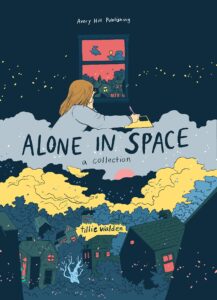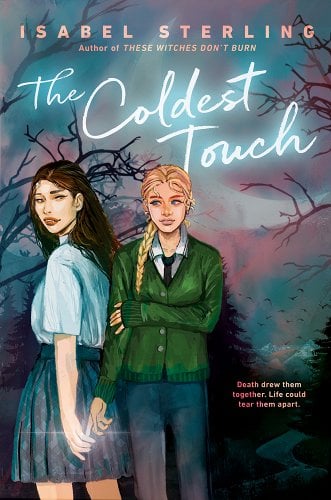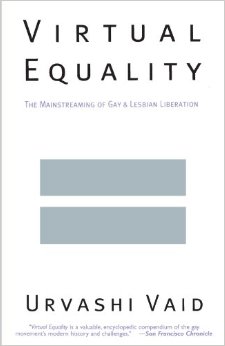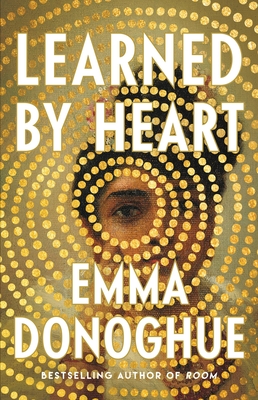Amazon Affiliate Link | Bookshop.org Affiliate Link
Alone in Space is a collection of short comics and standalone pieces by Tillie Walden. Some of the pieces have already been released as graphic novels, so they might be familiar to you already.
“The End of Summer”
A royal family and their servants lock themselves away to survive three years of unending winter ahead of them, and the entire family unravels at the seams… I’m not gonna lie to you, I don’t get this one. I understand what is happening, I get all of the individual threads and events, but not the point that it’s building to. And I expect that to a certain extent with Tillie Walden’s work! She’s very good at stories where internal conflict is externalised into a fantastical landscape! I’m quite happy to let them wash over me and figure out the meaning once I’ve got the full picture. But I’ve read The End of Summer three times now and I still can’t tell you what it’s about.
All that said: the art and composition is fascinating. The backgrounds are detailed and intricate, the figures are rougher. The amount of space the cold, swooping architecture takes up on any given page compared to the characters really enhances the loneliness and isolation of the story! And it means that the contrast when the characters are constrained to smaller spaces or places with more texture or a hyper-specific close-up really stands out. I can’t work out if the characters being so much rougher than the objects was an intentional part of the storytelling – a way to show their impermanence or self-destruction, maybe? – but thanks to that I found it hard to tell the characters apart visually. It’s definitely a story that I’ve pondered over, as you might be able to tell. I think I like it on a technical level; I can definitely appreciate it as a demonstration of skill. But on an emotional level, it left me cold…
WAIT, NO, THAT PUN WAS NOT INTENTIONAL —
“I Love This Part”
I’ve been wanting to revisit my review of “I Love This Part” for a while now. It was my first ever review for the Lesbrary, waaaay way back in 2016, and at the time an unhappy ending for queer characters felt like a betrayal of trust. (If anyone else remembers the conversations about dead lesbians in media we were having that year: it made an impression!) Seven years later, I’ve read a lot more media with happy queer characters, so I can better live with the sad ones. I’ve read more of Tillie Walden’s work, so I recognise a lot more about the themes and logic behind her narratives. And with that perspective, I feel like I was unfair about “I Love This Part”. Characters ripping themselves apart on their own internalised homophobia? Still not my preference! But now I can appreciate what the narrative is doing and accept that it’s just not for me, rather than it being a fatal flaw in the work.
This is still a great visualisation of how a relationship can make you feel like the only ones who matter, still a short introduction to Tillie Walden’s style of surreality. It’s just not one that I’m the target audience for, and that’s fine.
“A City Inside”
I’ve also “A City Inside” before, and I’m going to stand by that initial review. It’s full of quiet and melancholy and hope, and I’d definitely recommend it on its own.
The rest of the book is mostly one or two page comics. Some of them are assignments from her studies at the Center for Cartoon Studies, some of them are posters or art pieces. (It blows my mind that Tillie Walden is willing to share the comics she made when she was a teenager. Respect for that courage!) Generally the art and the composition is really good – even the stuff from when Tillie Walden was a teen, what the hell – and it’s really cool to see elements from her later works taking root in these pieces. The limited colour pallettes are often a stand-out piece in her art, so seeing where they started sparked joy for me.
I will say that I had a harder time wrapping my head around some of these stories. They’re all visually striking, and the stories about teens and children feel realistic in their voices! Just some of them need a bit more thinking about. I will say that “Lars and Nemo” and “What It’s Like to be Gay at an All Girls Middle School” are my favourites of the short comics. “Lars and Nemo” shows the protagonist of “The End of Summer” meeting his giant riding cat (!!!), which is obviously great. As for “What It’s Like to be Gay at an All Girls Middle School”: I too went to an all-girls secondary school, so this was uncomfortably familiar! I was surprised by how frankly Tillie Walden showed using heteronormativity as a cudgel to pass under the radar, despite having read Spinning and knowing how upfront she is in her autobiographical works.
Long story short, Alone in Space is a very technically accomplished anthology that’s a great snapshot of how Tillie Walden’s art and storytelling has evolved over her career. If you want to see her short works in context, or if you’ve read On a Sunbeam and want to know what her other stories are like, this is a really convenient collection! But tonally most of the stories are bleak, so be aware of that before you go in.
[Caution warnings: abuse, bullying, confinement, mental illness, terminal illness, murder, suicide, child death, animal death, homophobia, off-screen rape and incest]
Susan is a queer crafter moonlighting as a library assistant. She can usually be found as a contributing editor for Hugo-winning media blog Smart Bitches Trashy Books, or just bringing the tweets and shouting on twitter.



